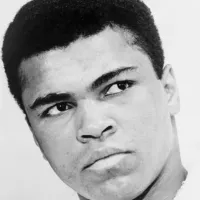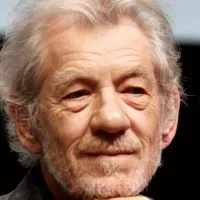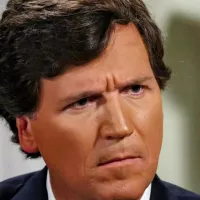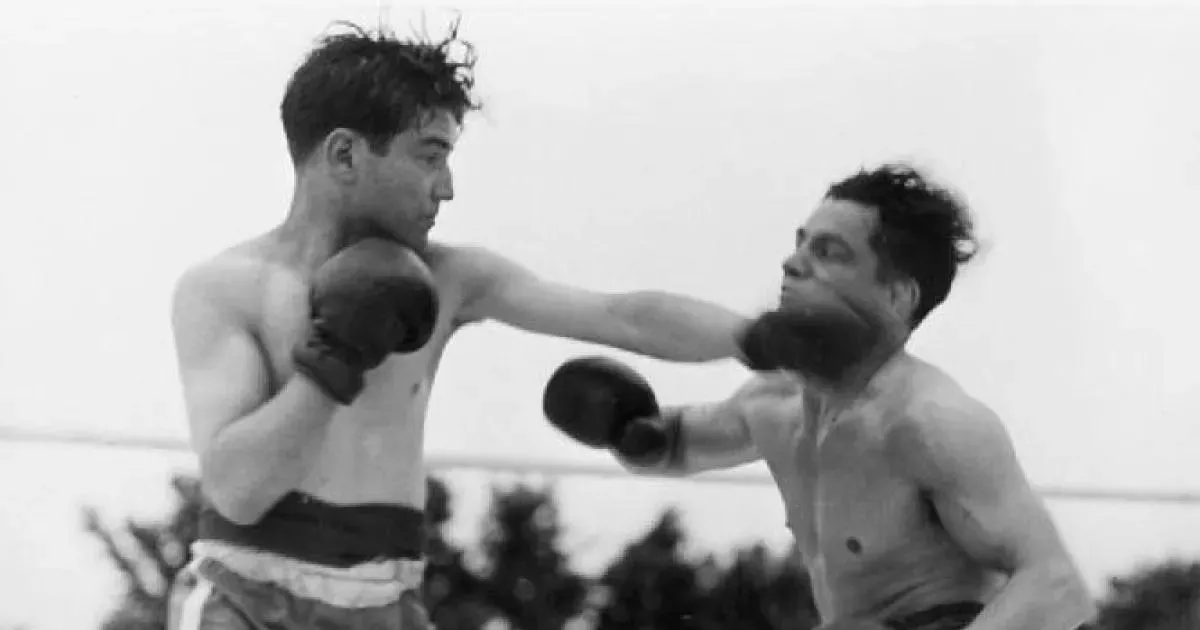1908: Amateur boxing became an Olympic sport
In 1908, amateur boxing was introduced as an Olympic sport, marking a revival of interest in amateur sports within the modern Olympic movement.
1965: Boxing banned in Albania
Boxing was banned in Albania from 1965 until the fall of Communism in 1991.
1980: Boxer deaths due to injuries
From 1980 to 2007, more than 200 amateur boxers, professional boxers and Toughman fighters died due to ring or training injuries.
March 1981: Neurosurgeon sought to use CAT scans to track degeneration of boxers' cognitive functions
In March 1981, neurosurgeon Fred Sonstein sought to use CAT scans in an attempt to track the degeneration of boxers' cognitive functions after seeing the decline of Bennie Briscoe.
1983: Editorials in the Journal of the American Medical Association called for a ban on boxing
In 1983, editorials in the Journal of the American Medical Association called for a ban on boxing, with the editor, George Lundberg, describing boxing as an "obscenity".
1989: International Boxing Hall of Fame opened
In 1989, the International Boxing Hall of Fame opened in Canastota, New York.
1990: First inductees into the International Boxing Hall of Fame
In 1990, the first inductees into the International Boxing Hall of Fame included boxing legends such as Jack Johnson, Benny Leonard, and Muhammad Ali.
1991: Boxing legalized in Albania
Boxing was banned in Albania from 1965 until the fall of Communism in 1991.
1994: Johns Hopkins University study shows amateur boxing is a comparatively safe sport
More comprehensive studies of neurological function on larger samples performed by Johns Hopkins University in 1994 show amateur boxing is a comparatively safe sport due to the regulations of amateur boxing and a greater control of the athletes.
1997: Establishment of the American Association of Professional Ringside Physicians
In 1997, the American Association of Professional Ringside Physicians was established to create medical protocols through research and education to prevent injuries in boxing.
2007: Boxer deaths due to injuries
From 1980 to 2007, more than 200 amateur boxers, professional boxers and Toughman fighters died due to ring or training injuries.
2007: Sweden lifted ban on professional boxing
In 2007, Sweden lifted its ban on professional boxing, but imposed strict restrictions, including limiting fights to four three-minute rounds.
2007: Studies on brain damage in amateur boxers
In 2007, one study of amateur boxers showed that protective headgear did not prevent brain damage, and another found that amateur boxers faced a high risk of brain damage.
2011: Study of boxing deaths
A 2011 study analyzing bouts from 1890 to 2011, found an average death rate of 13 participants per year.
2013: AIBA restricted the use of head guards for senior males
In 2013, the International Boxing Association (AIBA) restricted the use of head guards for senior males at the World Championships and Olympics.
December 2014: Norway legalized professional boxing
In December 2014, Norway legalized professional boxing.
2016: Professional boxers admitted in the Olympic Games and other tournaments sanctioned by AIBA
In 2016, professional boxers were allowed to participate in the Olympic Games and other tournaments sanctioned by AIBA to level the playing field. However, professional organizations strongly opposed that decision.
2017: National Safety Council Analyzes Accident Rates Showing Boxing is a Comparatively Safe Sport
Accident rates analyzed by National Safety Council in 2017 show amateur boxing is a comparatively safe sport due to the regulations of amateur boxing and a greater control of the athletes.
2022: Australian study finds safety improvements unsuccessful at preventing deaths
An Australian study in 2022 found that safety improvements implemented in 2011 were unsuccessful in preventing participant deaths.
Mentioned in this timeline

Muhammad Ali nicknamed The Greatest was an iconic American professional...
Albania is a country in Southeast Europe situated on the...

Las Vegas Nevada's most populous city and the seat of...
The modern Olympic Games are a leading international sporting event...

The domestic cat is a small domesticated carnivorous mammal and...
Nevada a landlocked state in the Western US is the...
Trending

16 days ago Amon-Ra St. Brown's Status Uncertain for Lions vs. Cowboys Game Due to Injury.

18 days ago Marco Rubio's Venezuela Stance: War Sales Pitch and Social Media Influence Examined
5 months ago Trump's Tariff Easing on Serbia: Aims for Trade Deal with President Vucic
1 month ago Yankees Re-Sign Ryan Yarbrough to One-Year Deal: Bolstering Left-Handed Pitching
5 months ago Senator concerned JetBlue and United partnership may negatively affect market competition.

9 months ago Ian McKellen Returns to Marvel Universe in 'Avengers: Doomsday' as Magneto.
Popular

Candace Owens is an American conservative political commentator and author...

Tucker Carlson is an American conservative political commentator known for...

XXXTentacion born Jahseh Dwayne Ricardo Onfroy was a controversial yet...

Kashyap Pramod Patel is an American lawyer who became the...

Ilhan Omar is an American politician currently serving as the...

Bill Gates an American businessman and philanthropist revolutionized personal computing...
